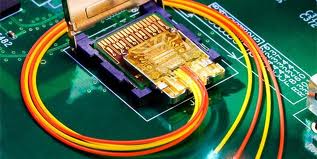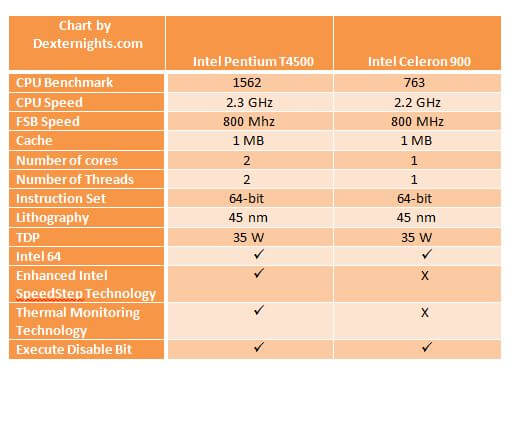Intel Atom N450 : is a single core processor with a CPU speed of 1.66 GHz, 512 KB Cache, number of threads 2, 64 – bit instruction set and instruction set extensions like SSE2, SSE3, SSSE3, bus/core ratio 10, 45 nm of Lithography, 5.5 W of max TDP (Thermal Design Power/ Thermal Design Point – TDP – it is the maximum amount of power required by the cooling system to dissipate), 0.800 V – 1.175 V of VID voltage range, 2 GB max memory size, DDR2 – 667 memory type, one memory channel.
The other technologies of the processor include Embedded options, Integrated Graphics, Intel Hyper Threading Technology, Intel 64, Enhanced Intel SpeedStep Technology (technology which allows the processor to meet its required performance for its operation during minimal power draw and heat dissipation), Thermal Monitoring Technologies, Execute Disable Bit.
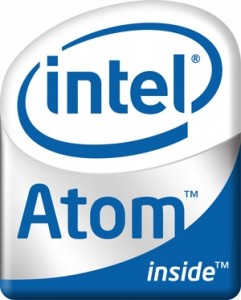
Intel Atom N455 : is a single core processor with CPU speed of 1.66 GHz, 512 KB Cache, number of threads 2, 64 – bit instruction set and instruction set extensions like SSE2, SSE3, SSSE3, bus/ core retio 10, 45 nm Lithography, 6.5 W of max TDP, 2.5 GT/ s pf DMI, 2 GB of max memory size, DDR2/3 memory types and one memory channel.
The other technologies of the processor include Embedded options, Integrated Graphics with a Graphics Base Frequency of 200 MHz, Intel Hyper Threading Technology, Intel 64, Enhanced Intel SpeedStep Technology, Thermal Monitoring Technologies, and Execute Disable Bit.
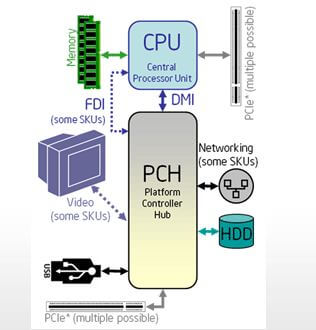
Intel Atom N475 : is a single core processor with CPU speed of 1.83 GHz, 512 KB Cache, number of threads 2, 64 – bit intruction set and instruction set extensions like SSE2, SSE3, SSSE3, bus/ core ratio 11, 45 nm Lithography, 6.5 W max TDP, 2.5 GT/s of DMI, 2 GB of max memory size, DDR2/3 memory types and one memory channel.
The other features of the processor include Integrated Graphics with Graphics Base Frequency of 200 MHz, Intel Hyper Threading Technology, Intel 64, Enhanced Intel SpeedStep Technology, Thermal Monitoring Technologies, Execute Disable Bit
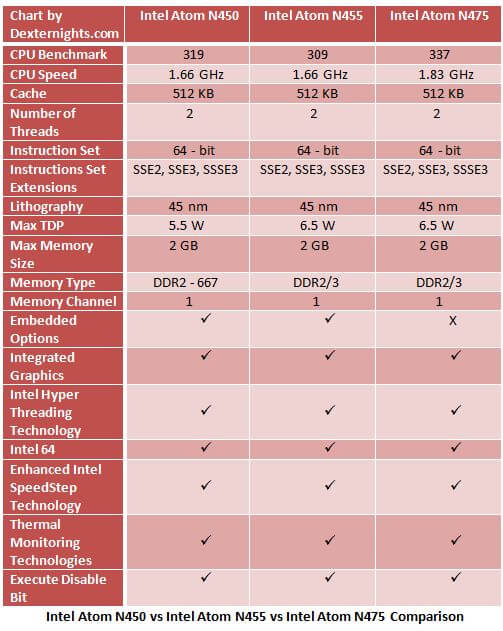
Intel Atom N450 and N455 are exactly same except for support for DDR3 in N455. And since N455 was released after N450 (Previous quarter), the netbooks carrying the N455 are usually better. Whereas the N475 is a faster processor it also doesnt add much performance boost to be considered as an major upgrade and in terms of Price vs Performance N455 is better than N475 . And it is newer model than N450, it takes this battle easily.
Intel Atom N550 @ 1.50GHz 559
Intel Atom Z550 @ 2.00GHz – 386
Intel Atom N470 @ 1.83GHz 355
Intel Atom D410 @ 1.66GHz 346
Intel Atom Z540 @ 1.86GHz 341
Intel Atom N475 @ 1.83GHz 337
Intel Atom D425 @ 1.80GHz 327
Intel Atom N450 @ 1.66GHz 319
Intel Atom 230 @ 1.60GHz 315
Intel Atom N280 @ 1.66GHz 314
Intel Atom N455 @ 1.66GHz 309
Intel Atom N270 @ 1.60GHz 304
Intel Atom Z530 @ 1.60GHz 299

